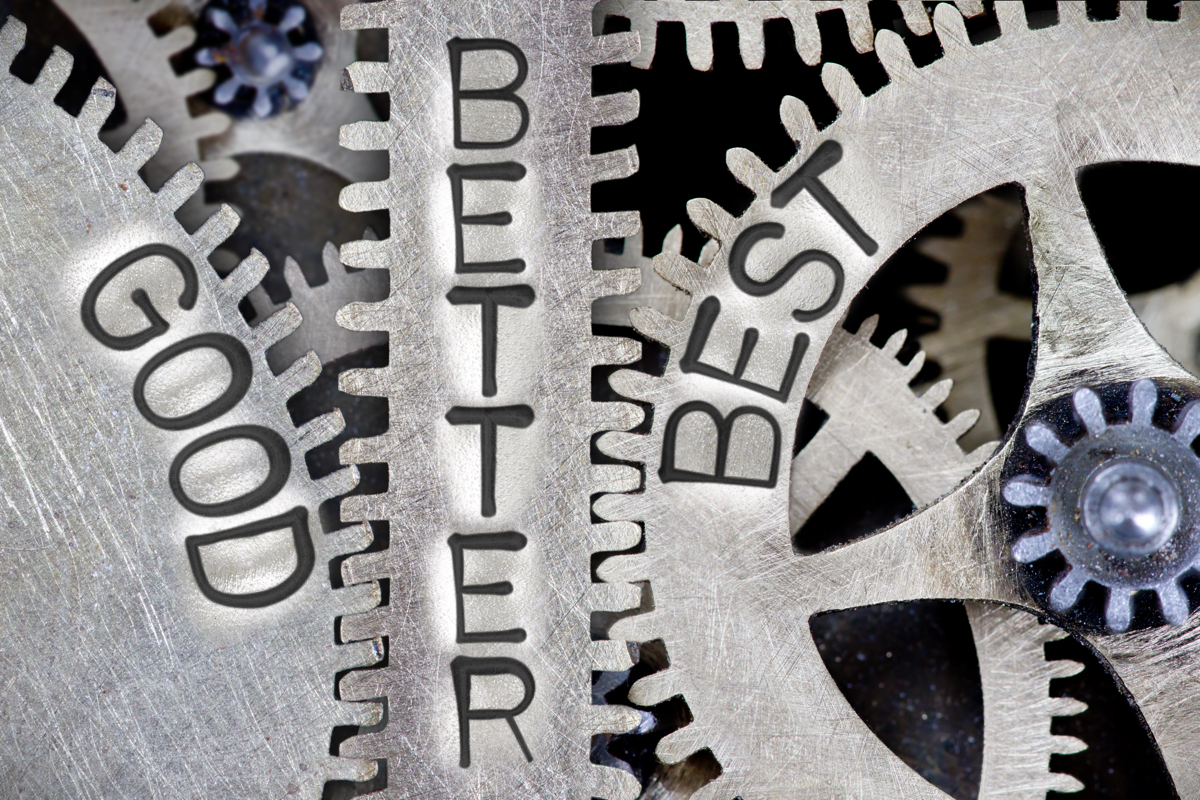What separates ‘great’ safety performance from ‘world-class’ safety performance?
Eight key areas where exceptional safety organizations excel



Eight key areas where exceptional safety organizations excel
Mike Goddu, Co-Founder and Managing Director, spills the beans on what the world’s best-performing organizations have in common.
In recent decades, we’ve seen a large reduction in workplace injuries and fatalities in many areas of the world. In western countries, a combination of increased regulation, changing attitudes and new technologies makes it hard to imagine a time when keeping people safe wasn’t a priority, or better yet, a value. As a result, workplace safety has improved across the board.
It’s great to see so many organizations with a strong safety culture. However, in every industry there are a few companies who consistently demonstrate an exceptional level of safety performance. Have you ever wondered what their secret is?
Based on JMJ data and our experiences with clients, we have identified a set of companies whose safety performance sets the benchmark for their industry. These include traditional manufacturing, transportation, construction, energy and chemical firms. Our analysis shows that, all these companies do the standard and required actions to keep their people safe. What makes the difference is that they go well beyond compliance in certain areas:
Many of these ‘above and beyond’ attributes are rooted in a successful safety culture. Taking your current culture to the next level requires an authentic commitment from leaders.
“Leaders drive culture, culture drives people, and the people drive business.”
Jim Bryson, former chair of 20|20 research
In other words, if you want to elevate your safety performance to world leading, you need to create a safety culture to match. You’ll need patience, great communication, commitment and clear goals. But you will also need the full support of every employee and contractor in your infrastructure, from your highest-paid executives to the newest recruit on site. You won’t succeed without this.
A great starting point is a set of cultural analytics diagnostics which provide data on alignment, perspectives and sentiment. These can be used to set milestones and goals and to measure progress as you shift towards your desired safety culture.
JMJ has been helping organizations transform their safety culture for over 35 years. JMJ’s Transformation Cloud™ technology platform, in combination with the deep experience of our consultants, can help you learn how to become a world-class safety organization, and stay that way. Contact us.